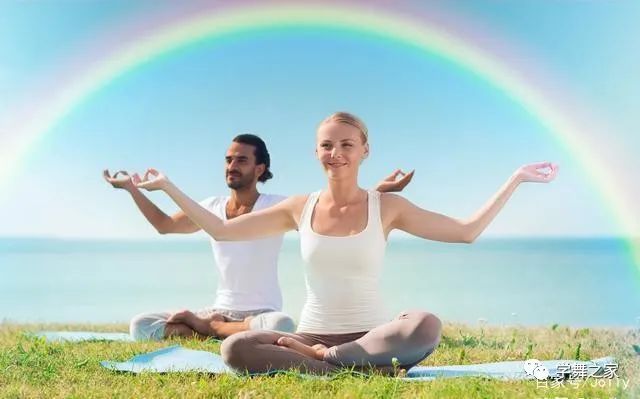Yoga deep breathing is the basic part of the whole Yoga system.

All yoga exercises must be based on deep breathing.
The so-called Yoga deep breathing refers to a kind of abdominal deep breathing that focuses on consciousness and deeply breathes in fresh air one mouthful at a time.
Deep breathing is the first step to improving your health.
On the contrary, shallow breathing is an important cause of many diseases.
Breath – the essence of Yoga Indian Yoga believes that if our body is not healthy, it is difficult to get a higher spiritual experience and life experience.
From the perspective of yoga, many people’s breathing methods are wrong, or very superficial.
Chuang Tzu said that “breathing with the heel”, we should breathe with the heel and go deep into the heel.
A healthy person should breathe deeply and slowly.
But long-term stress, anxiety and various negative emotions will make our breathing very shallow and very fast.
Superficial shortness of breath can cause physical and mental anxiety and tension.
When we are in a state of anxiety, we will become short in body and mind.
Breathing is a very special behavior, which is controlled by both autonomic nervous system and non autonomic nervous system.
In other words, you don’t need to consciously learn and control, you will breathe naturally.
We can consciously control our breathing through learning.
In a state of tension and anxiety, consciously deepen your breathing.
Yoga has many breathing skills, which can regulate our autonomic nervous system through the depth, length and even holding of breath.
Generally speaking, it can be divided into two kinds of breathing: fast, powerful, slow, deep and long.
When we feel depressed or tired: we can stimulate the sympathetic nervous system under the autonomic nerve through rapid and powerful breathing, recharge the body and restore spirit.
When we feel anxious and nervous: we can relax our nerves by breathing deeply, long and slowly.
What is the concept of Yoga? Yoga is a philosophical system that helps people give full play to their potential by raising awareness and a sports system under its guidance.
Selfless movement, stable mind, meditation and the nature and creation of the universe.
There will be some theory, but more importantly, practice.
Only when you do some exercises will your body respond, feel and have a real experience.
We believe that the change of body and mind is not only in the physical stage.
In yoga, we believe that we have not only one body, but also a deeper body – subtle body.
Only 5% of the breathing of Yoga works on the flesh through the nostrils, nasal cavities, mouth, lungs and other bodies, and the remaining 95% works on two more subtle body levels than the flesh.
Yoga seems to be doing all kinds of physical exercises, but in fact, when you finish practicing, you will find that our body is not tired and does not consume our energy.
Instead, it will be as energetic as charging.
Basic breathing practice of yoga in Indian yoga, pranayama is composed of Sanskrit prana and Yama.
Prana means the energy of life and Yama means control.
Therefore, the method of controlling pranas in the body is called pranayama.
Breathing exercises suggest that you should go outdoors, in the countryside or in the mountains, where there are many green plants, where there is a lot of life energy, that is, we usually talk about oxygen and negative oxygen ions.
When we breathe in a good environment, we will absorb more life energy.
Today, I’ll teach you to practice isometric breathing: do conscious breathing to make the time of inhalation and exhalation equal.
When inhaling, count from one to four in your heart, and when exhaling, count from one to four.
Repeat this process, inhaling with your nose and exhaling with your mouth, just like blowing out a candle.
After three or four repetitions, return to natural breathing and inhale and exhale through your nose.
Keep breathing and count from one to four in your heart.
Breathing is an instinctive activity of human beings, but not everyone can breathe in the right way…


